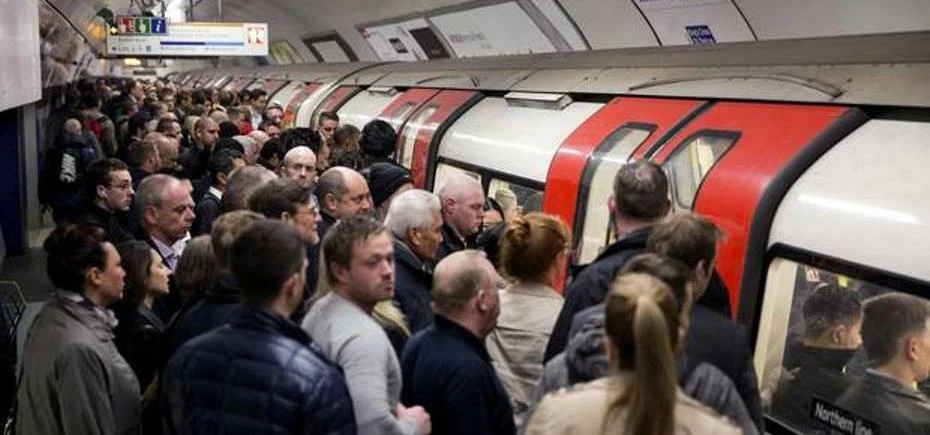
Partner Article
How Will London Move When The Tube Stops?
It’s often said that London never stops moving, however I take a slightly different view. I say that London mustn’t stop moving. As one of the busiest cities in the world, London faces a staggering demand for constant, efficient transport, and so when the tube, the most widely-used method of transport that the city has to offer goes on strike, mayhem ensues.
A tube strike affects everyone, from the nine till five commuters to the sightseeing tourists, the businessmen visiting the city for a lunch meeting and the evening theatre-goers planning their routes home. When the tube shuts its doors even for just a day, a whole city full of people scrambles for an alternative way to keep moving.
But why does chaos ensue on such a large scale? There are more methods of transport and services for planning journeys available today than ever before, so shouldn’t it be relatively straightforward to plan an alternative route for just a single day without the city grinding to a halt?
The answer is simple. The abundance of apps and services at our disposal to plan a journey around London work excellently when everything runs as expected, but in the event of a disruption such as Thursday’s tube strike, there is a distinct lack of services capable of replanning a journey.
There’s no shortage of prior warning that the tube will be closed and that replacement buses will be available, but without a proactive means of planning a new route, most commuters feel they either have to go with the flow and hope they make it to work before midday, or make the call to save themselves the inevitable trouble and stay at home.
What I think London needs is a personalised service or app that will proactively help a user to plan a new journey if there is a major disruption to their usual route, by recommending the best alternative way to travel. Offering a stock route or mode of transport that doesn’t necessarily meet your personal requirements is clearly not the answer to a major travel disruption, and so there is a great need for the development of an intuitive and personalised replanning service.
Services such as Transport for London and City Mapper are starting to demonstrate that this is achievable. TFL’s ‘Journey Planner’ and City Mapper’s ‘Get Me Somewhere’ tools, both of which use similar API’s, allow users to plan a personalised route depending on their preferred mode of travel and accessibility requirements. TFL’s journey planner even allows users to personalise their journey to the extent that you can select your average walking speed. I personally used TFL’s Journey Planner myself Thursday and I was able to identify a number of alternatives to my usual route around London.
So as we clearly already have the necessary data and intelligence to plan and replan a journey, for me the next step has to be that this experience becomes less customer driven, and works in a way that will more intuitively help a user to negotiate disruptions such as a tube strike. We have the means to plan and to replan a journey, but until a service or app can complete this process proactively, eliminating the need for the user to chase a solution, I don’t think that we will see a decline in the backlash caused by future tube closures.
By Chris Averill, CEO, wae
This was posted in Bdaily's Members' News section by Chris Averill .
Enjoy the read? Get Bdaily delivered.
Sign up to receive our popular morning London email for free.








 How to make your growth strategy deliver in 2026
How to make your growth strategy deliver in 2026
 Powering a new wave of regional screen indies
Powering a new wave of regional screen indies
 A new year and a new outlook for property scene
A new year and a new outlook for property scene
 Zero per cent - but maximum brand exposure
Zero per cent - but maximum brand exposure
 We don’t talk about money stress enough
We don’t talk about money stress enough
 A year of resilience, growth and collaboration
A year of resilience, growth and collaboration
 Apprenticeships: Lower standards risk safety
Apprenticeships: Lower standards risk safety
 Keeping it reel: Creating video in an authenticity era
Keeping it reel: Creating video in an authenticity era
 Budget: Creating a more vibrant market economy
Budget: Creating a more vibrant market economy
 Celebrating excellence and community support
Celebrating excellence and community support
 The value of nurturing homegrown innovation
The value of nurturing homegrown innovation
 A dynamic, fair and innovative economy
A dynamic, fair and innovative economy